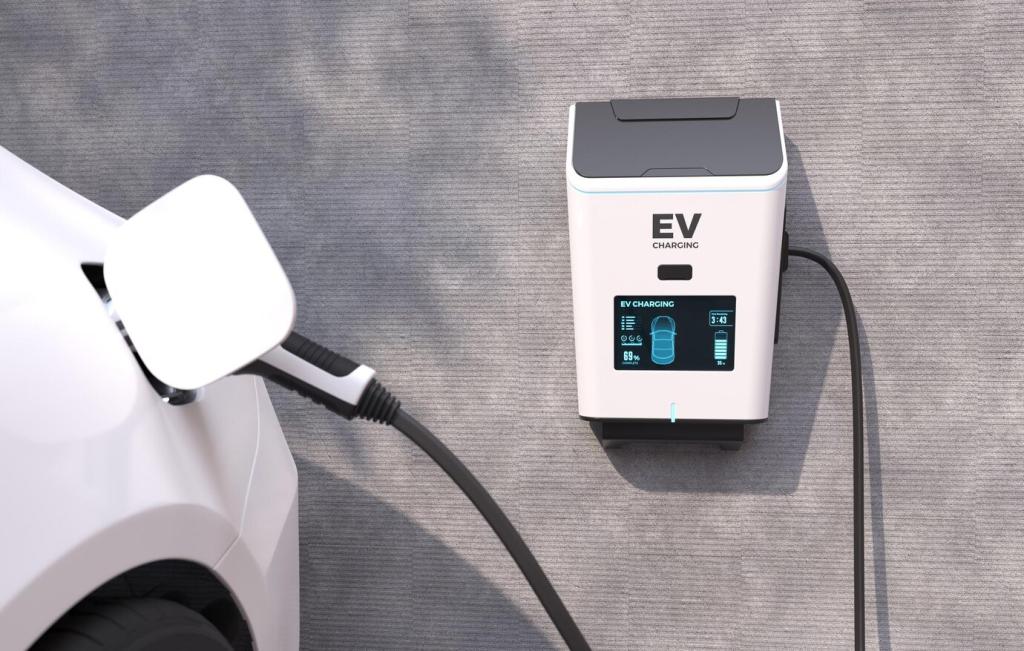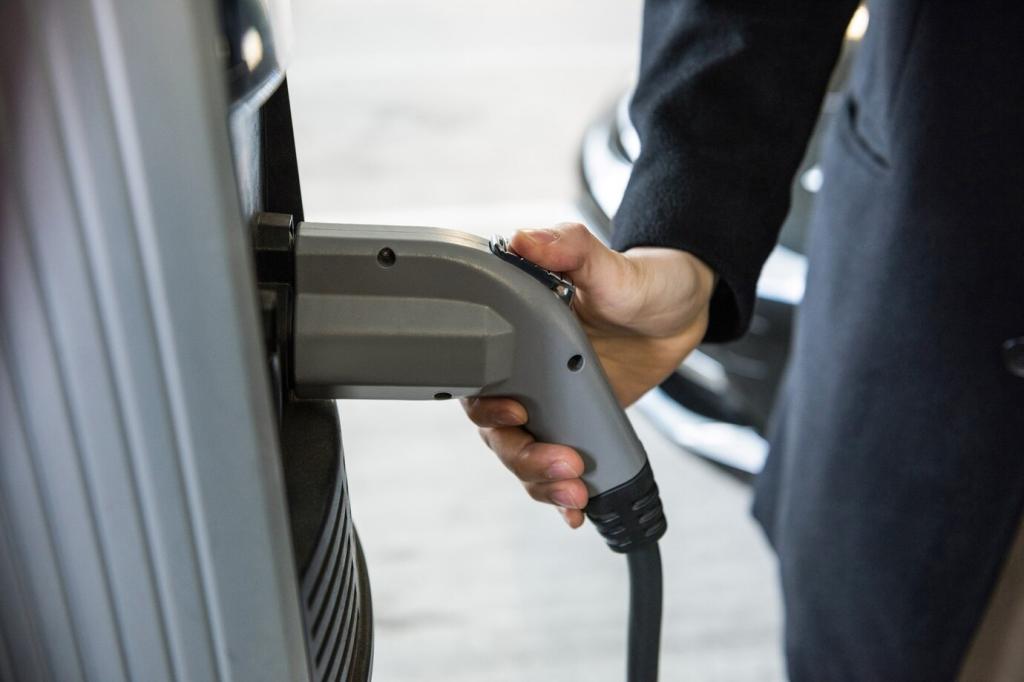How EV Charging Stations Shape Property Value
Market Signals: Where Charging Meets Price Premiums
Across several competitive metros, agents report modest but consistent premiums for listings offering on-site Level 2 charging. Buyers perceive future readiness, convenience, and lower lifestyle friction, which together nudge offers upward. Tell us what premiums you observe locally.

Selecting Comparables That Acknowledge EV Amenities
When direct charger comps are scarce, appraisers look at proxy amenities and market commentary. Provide listings with similar energy features and parking quality. Your curated comp package can help show that charging supports the property’s competitive position.
Income Approach for Revenue-Share or Tenant Billing
If chargers generate predictable revenue from tenant billing or public use, appraisers may consider an income stream. Provide utilization data, rates, and maintenance costs. Transparent numbers help convert convenience into defensible, income-informed valuation adjustments.
Documentation That Reduces Valuation Friction
Include permits, warranties, electrical load studies, and installer certifications. Lenders appreciate clarity around safety, capacity, and reliability. Organized documentation can ease underwriting concerns and support a cleaner path to the value you are targeting. Subscribe for checklists.
Case Files: Real Properties, Real Charging Upgrades
Urban Condo: Level 2 Spots and Faster Absorption
A downtown condo association converted two garage spaces into shared Level 2 spots, rotating access via a booking app. New listings moved faster as buyers valued predictable charging without hunting public stations nightly. Would your board approve similar upgrades?
Suburban Single-Family: Future-Proofing the Driveway
A family added a 240-volt circuit and wall-mounted charger before listing. Showings drew early adopters and cautious skeptics alike. The promise of simple overnight charging reduced objections, shaping confident offers. Share your pre-listing upgrade that made buyers smile.
Boutique Inn: Weekend EV Travelers Boost Occupancy
A rural inn installed two chargers and promoted them on travel platforms. Weekend occupancy rose as EV drivers chose certainty over guesswork. Ancillary spending on dining increased, supporting stronger cash flow and appraisal narratives. Join the discussion with your hospitality story.
Return on Investment: Costs, Utilization, and Payback
Budget beyond hardware: panel upgrades, trenching, permits, and networking matter. Model a phased approach if capacity is tight. Investors appreciate a roadmap that scales with adoption while keeping near-term costs controlled. What surprised you most about installation?


Return on Investment: Costs, Utilization, and Payback
Free charging can sharpen marketing, while metered pricing improves payback. A hybrid model reserves off-peak discounts and recovers peak costs. Share whether you prioritize occupancy gains, revenue, or both. Your approach shapes long-term valuation stories and tenant satisfaction.


Design Choices That Influence Value Perception
Homeowners often favor Level 2 for overnight convenience, while commercial sites weigh faster options for turnover. Choose based on dwell time and grid constraints. Clear alignment between technology and user needs underpins a persuasive value proposition.
Design Choices That Influence Value Perception
Neat conduit routing, protected mounts, and simple signage elevate perceived quality. Lighting and markings matter for safety and aesthetics. A thoughtfully integrated charger reads as intentional design, not an afterthought. Share photos of installations that impressed your visitors.
Policy, Incentives, and the Pass-Through to Value
These programs compress payback windows and reduce risk. Keep meticulous records to satisfy appraisers and lenders. Transparent incentive flow strengthens the argument that charging installations are investments, not sunk costs. Subscribe for updates on changing eligibility and timelines.
Policy, Incentives, and the Pass-Through to Value
Early coordination with inspectors and planners avoids costly rework. Document compliance with signage, ADA considerations, and shared-use policies. Clear rules reduce conflicts and protect value, especially in multifamily and mixed-use settings. Comment with your permitting tips.

Upgradability and Interoperability
Connector standards and software ecosystems evolve. Choose hardware with modular components and open protocols where possible. Flexibility reduces obsolescence risk and supports value retention. How are you planning for the next wave of vehicles and charging expectations?

Grid Resilience and Smart Energy
Consider load management, backup power, and potential vehicle-to-home readiness. Properties that ride out outages while supporting mobility can command attention. Smarter energy stories often translate into stronger value narratives. Share your resilience plans and lessons learned.
